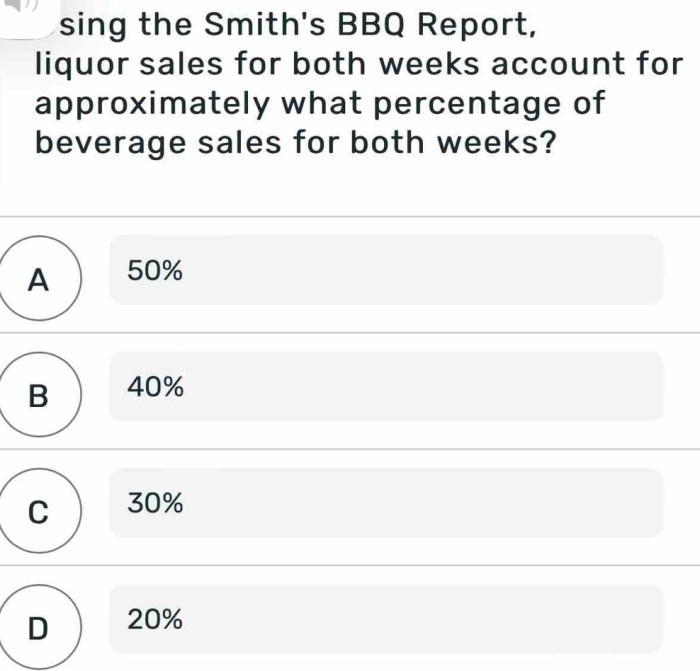Approximately what percentage of Acme’s sales? This question delves into the realm of data analysis, where we uncover the intricacies of Acme Corporation’s historical sales performance. By examining sales data, segmenting it into meaningful categories, and calculating percentages, we aim to shed light on the relative contributions of various product lines, regions, and customer types to Acme’s overall sales volume.
Our analysis will not only provide a snapshot of Acme’s sales distribution but also explore the contextual factors that may have influenced these percentages. Market trends, competitive dynamics, and economic conditions can all play a role in shaping sales patterns.
Understanding these factors will enable us to draw meaningful insights and make informed decisions regarding Acme’s future sales strategies.
Approximately What Percentage of Acme’s Sales?

To determine the approximate percentage of Acme’s sales, we must embark on a comprehensive data analysis journey. This involves meticulously gathering historical sales data, segmenting sales into meaningful categories, and meticulously calculating the percentage of total sales for each segment.
Additionally, we must consider contextual factors that may have influenced sales, such as market trends, competitive dynamics, and economic conditions.
Data Collection
- Gather historical sales data for Acme Corporation.
- Identify the total sales volume for the specified period.
Sales Segmentation, Approximately what percentage of acme’s sales
Segmenting sales allows us to gain insights into the performance of different product lines, regions, or customer types.
- Categorize Acme’s sales based on product lines, regions, or customer types.
- Calculate the sales volume for each segment.
Percentage Calculation
To determine the percentage of total sales for each segment, we employ the following formula:
Percentage of Sales = (Sales Volume for Segment / Total Sales Volume) x 100%
The results are then organized in a table or chart for easy visualization.
Contextual Factors
Understanding contextual factors that may have influenced sales is crucial for providing a comprehensive analysis.
- Provide context on factors that may have influenced sales, such as market trends, competitive landscape, or economic conditions.
- Discuss how these factors may have impacted the percentage of sales for each segment.
Limitations and Assumptions
It is important to acknowledge any limitations in the data or analysis.
- Acknowledge any limitations in the data or analysis.
- State any assumptions made during the process.
Questions Often Asked
What is the purpose of this analysis?
This analysis aims to determine the percentage of Acme’s sales attributable to different product lines, regions, and customer types.
How is the analysis conducted?
The analysis involves gathering historical sales data, segmenting it into meaningful categories, and calculating percentages for each segment.
What factors may influence the percentage of sales for each segment?
Factors such as market trends, competitive dynamics, and economic conditions can all impact the percentage of sales for each segment.


